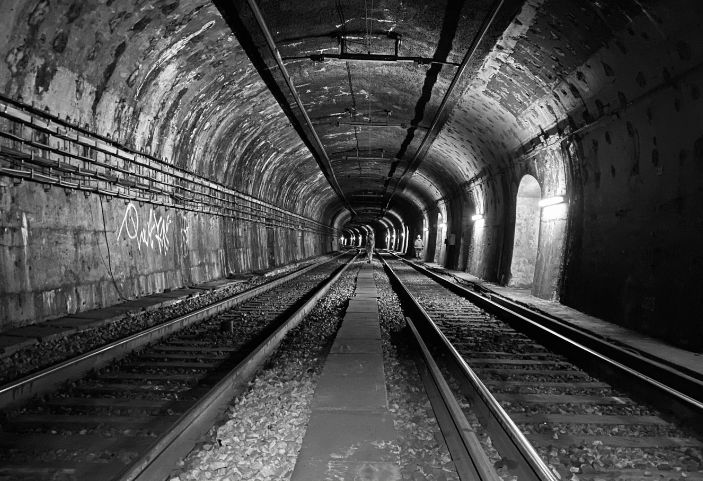
Transport infrastructures
Sol Solution has the classic methods of geophysical or geotechnical diagnosis of the structures of bases and works. But Sol Solution has developed original, non-destructive or low-trauma solutions for the monitoring and diagnosis of structures, constructions and foundation layers for linear transport works. The solutions are based on the coupling of methods combining high performance and non-destructive with low-trauma point data.
For more than 10 years now, Sol Solution has become a recognised player in the railway sector in France and abroad.
Pandoscope® method
Sol Solution has developed a unique methodology based on the coupling of Panda® penetrometric data with a geo-endoscope test : the Pandoscope®. The Pandoscope® allows on the one hand the mechanical characterization of the crossed layers but also the determination of visual parameters such as the nature, the thickness, the hydric state, the granulometry.
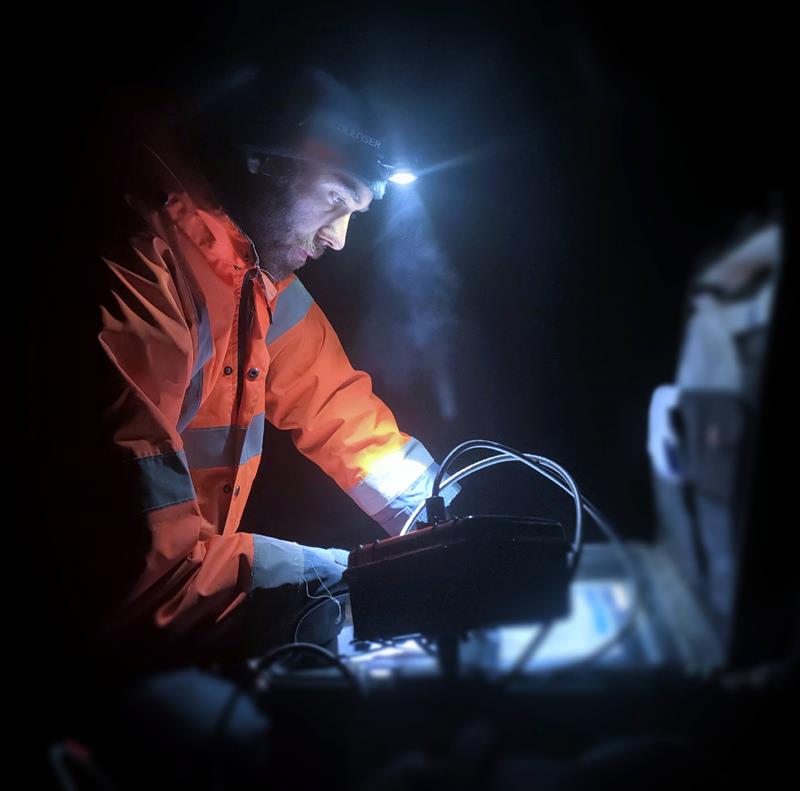
This dual vision and the possibility of having both mechanical and visual information makes Pandoscope® an original, complete and reliable methodology.
The Pandoscope® methodology is based on a light and easy to implement technology. It can be used in all types of terrain, in various environments and in areas with difficult access.
Pandoscope® is a geotechnical testing method that is particularly well suited to linear structures in service, such as railway lines. In the railway sector, Pandoscope® data is used to analyse a localised disorder or as a preliminary diagnosis for track renewal studies, for example, or for the replacement of switches and crossings.
Pandoscope® can be used to characterise track sub-base layers and also to ensure that ballast replacement is optimised and controlled.

Georadar testing of railway platforms
Depending on the situation, different devices can be used to carry out measurements to monitor railway platforms. For short distances or closed tracks, a device on a lorry is used. For long stretches of track with commercial traffic, the georadar system is installed on a motor vehicle.
Georadar provides continuous imagery of subsoil layers. It can also be used to identify the geometry of intermediate ballast layers and platforms, locate wetlands or detect signs of clay correlated with levelling faults.
The aim is to provide the surveyor with data for track renewal work or the infrastructure manager with information on the condition of the track support layers.
Granulometry
Sol Solution carries out granulometric analyses of ballast and ballasted layer (including fine particles) for railway infrastructure managers. To do this, we have two methods at our disposal to adapt to the constraints and needs of our customer.
The first method, granulometry by sieving, is carried out in the laboratory. This is the most commonly used method. It enables the granulometry of the ballasted layer to be analysed on the basis of representative samples taken from the track.
The second method has been entirely developed at Sol Solution: it is mainly based on the analysis of geoendoscopic images acquired in situ with our pandoscope® solution. This solution avoids the need for ballast sampling (non-traumatic control), but also eliminates the subjectivity of sampling.
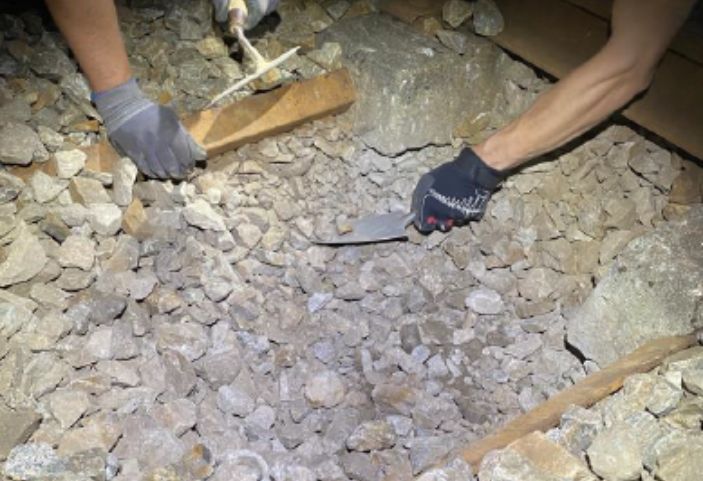
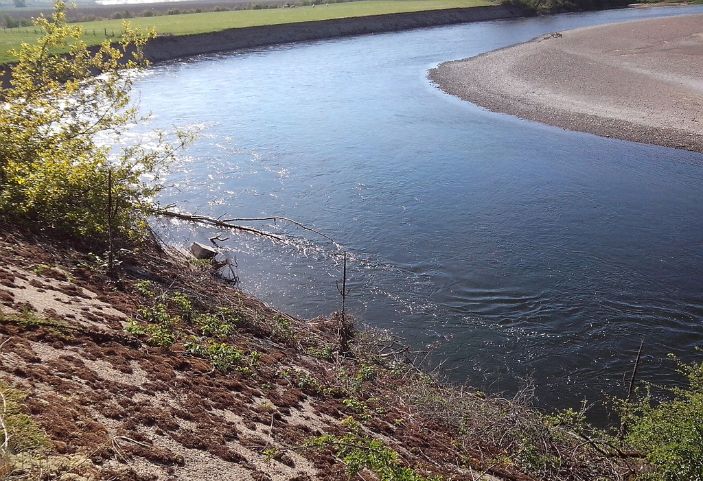
Earthworks diagnostics
In-depth Technical Visit
We can carry out the regulatory in-depth technical inspections for dams and dykes.
Since the decree n°2007-1735 of December 11, 2007 modified by the decree n°2015-526 of May 12, 2015, a systematic and durable control of the hydraulic works is imposed to the owners and managers of dams and dykes.
Studies and diagnoses of dykes and dams
The combination of skills in geotechnics, geophysics, hydraulics and hydrology enables us to meet the needs of project owners: calculation of stability to landslides, search for leaks, location of cavities, analysis of vulnerability to earthquakes and internal erosion.
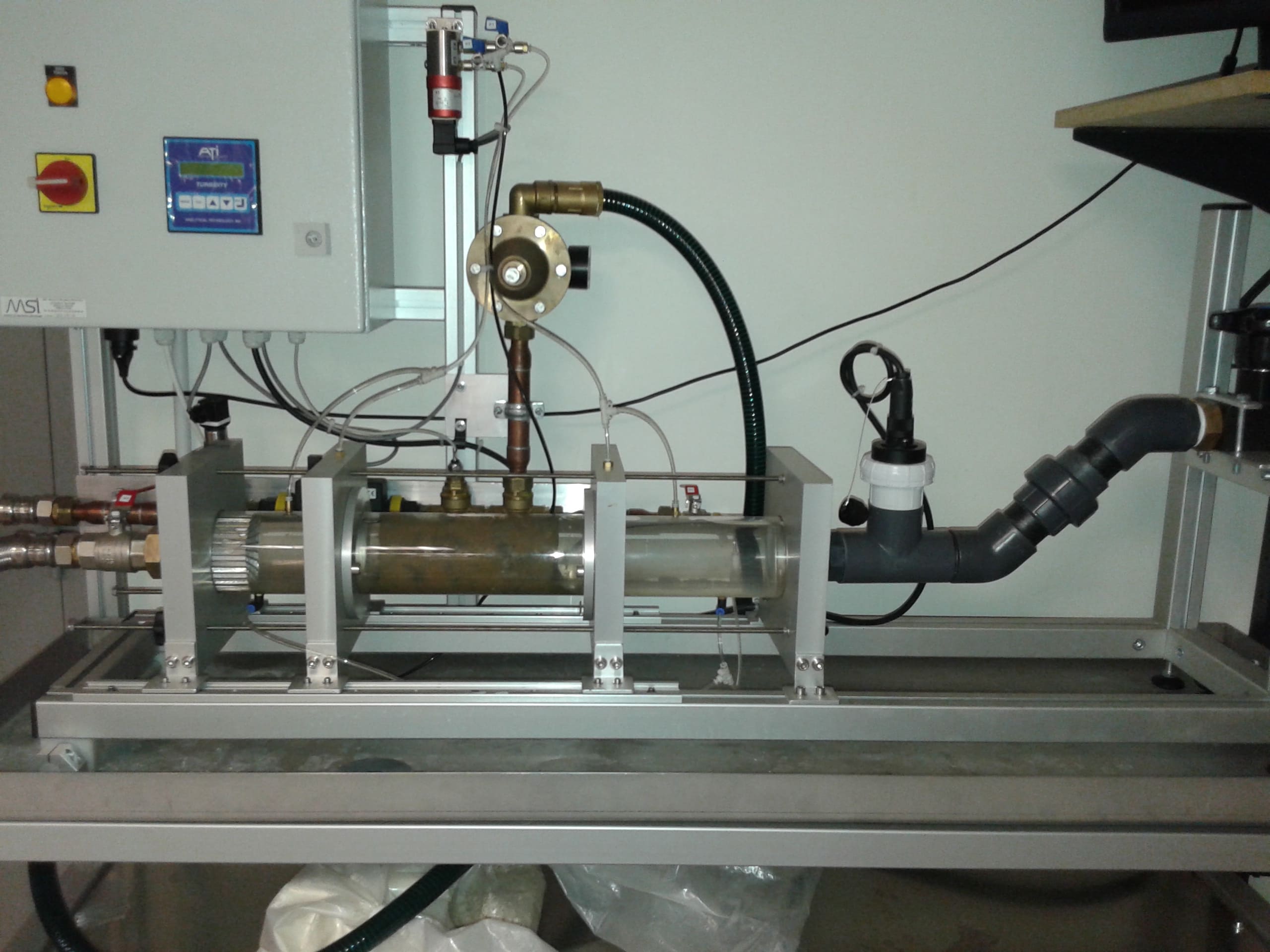
One of the main causes identified for the failure of embankment structures is pipe erosion, sometimes referred to as “hydraulic foxing”. Sol Solution is now equipped with the experimental equipment and calculation codes needed to carry out the Hole Erosion Test (HET) developed by INRAE (Institut National de Recherche pour l’Agriculture, l’Alimentation et l’Environnement). The HET test is used to determine a soil’s susceptibility to internal erosion and to determine its erosion rate in order to prevent the failure of the structure.
Hydraulic dam engineering makes it possible to secure structures to prevent flooding and potential damage to the environment.
These data consolidate the knowledge of an embankment structure by better controlling the material of which it is made.
This test, dedicated to the diagnosis of hydraulic structures, completes Sol Solution’s expertise in laboratory techniques (soil identification tests, PROCTOR, CBR, IPI, shear tests, odometer tests).
Sol Solution is also able to carry out in situ sampling at the client’s request thanks to its own core drilling facilities.
These punctual investigations can be extrapolated with non-destructive auscultation means such as seismic refraction, electrical panels and electromagnetic methods. These methods can be used to search for voids or leakage areas in the dykes.
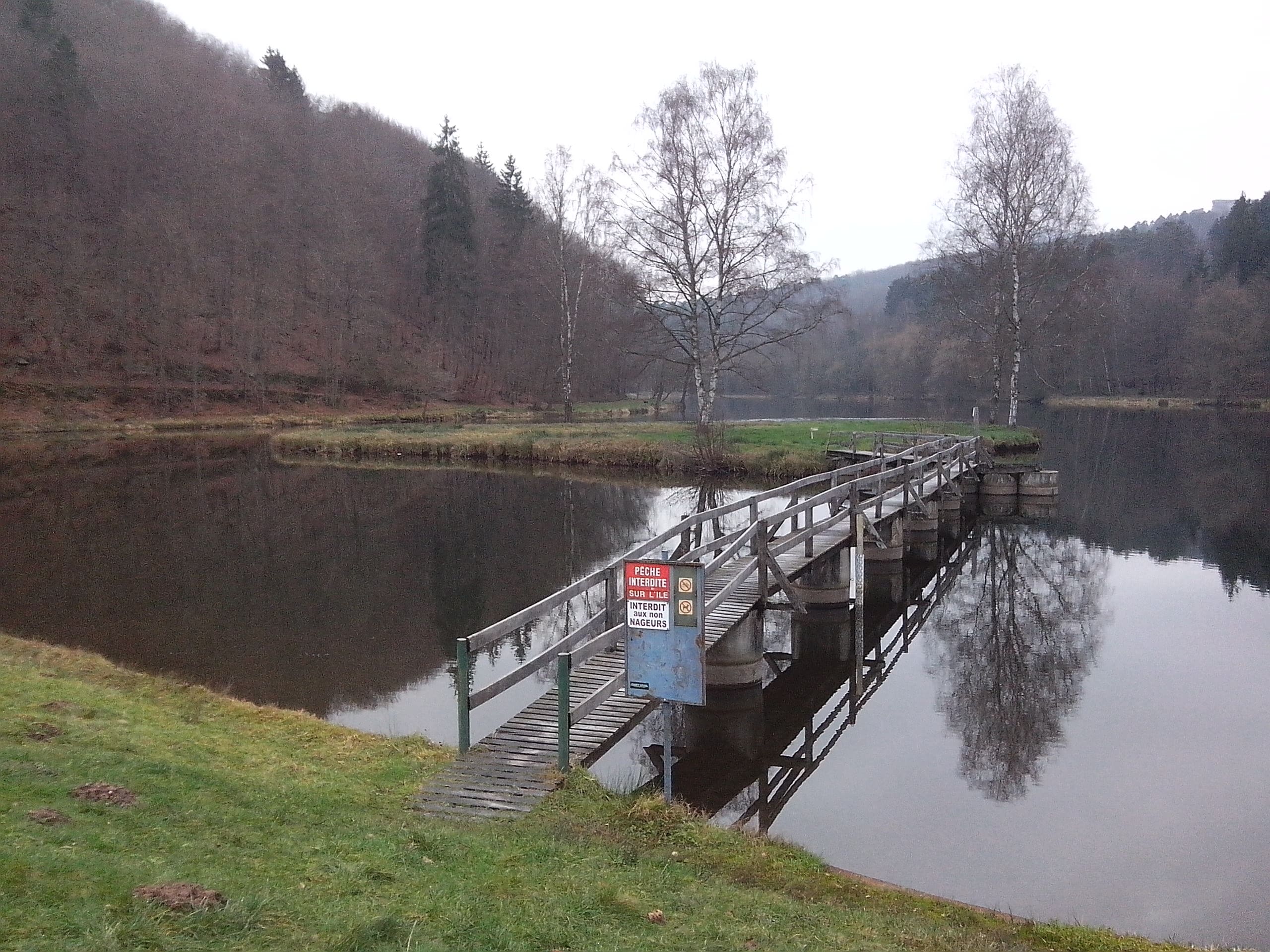
Studies of water body upgrades
Sol Solution carries out geotechnical studies from G1 to G5 for reservoir projects or the development of existing structures: widening of spillways, construction of hydroelectric plants, instrumentation of dams and dykes by installing piezometers.
This service is OPQIBI-qualified. 
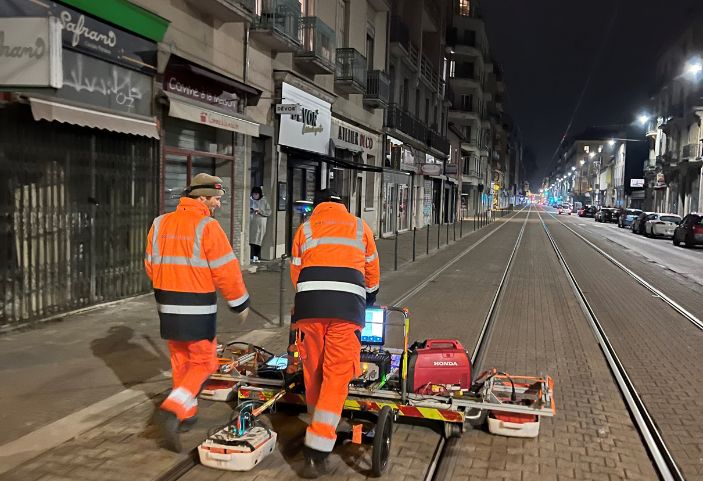
Concrete elements and paving
The georadar method can be used to produce images of concrete and the steels that make it up, and to determine its thickness. This method can be supplemented for slabs and pavements by impedance, which can be used to assess the mobility of a structure and its contact with its support (support soil, surrounding ground).
The results of the georadar analyses can be used to specify the geometry of the steels and the concrete structure.
For these problems, we also apply another geophysical method, mechanical impedance, which can be used to characterise areas of high mobility, and hence of detachment of the covering or slab from its support.
Destructive boreholes installed in line with the geophysical measurements enable the singularities observed to be characterised and the various structures encountered to be identified.
These boreholes can be drilled using a jackhammer or a small diameter (< 2 cm) slightly destructive borehole that allows an endoscope to be passed through and an in situ video core of the structure to be obtained.
Destructive drilling checks and calls up the depths provided by georadar.
Endoscopes provide images of cracks, fractures, voids and disbonding and validate thicknesses.
The data collected is used to provide structural design offices with data for calculating existing structures, or to provide project managers with information on the contact between the slab and the supporting soil, on the internal state of the slab or covering and on the soil-supporting soil.
Network inspection
SOL SOLUTION checks and analyses the compaction of new and existing backfills and trenches, based on current standards and the experience of a company that has been specialising in geotechnical studies for over 30 years. Well-compacted backfill helps to ensure the longevity of networks.
Sol Solution carries out visual and televisual inspections to check the laying and condition of pipes and sewerage works. They have become an indispensable partner in sewerage work, intervening before, during and after the laying of pipes. Visual inspections provide an overview of the state of the sewerage system, giving us the data we need to identify any leaks in the network. These elements help to control water resources and avoid potential soil pollution caused by leaks.
SOL SOLUTION carries out watertightness tests on new and existing sewer pipes and structures. Leak testing is used to determine whether or not pollutants are leaking into the natural environment, a phenomenon that may not be observed by television inspection.
